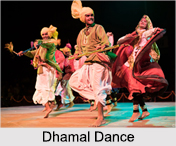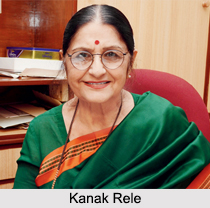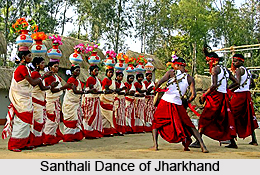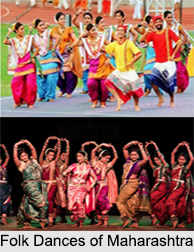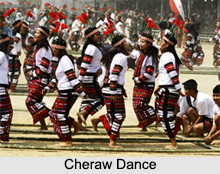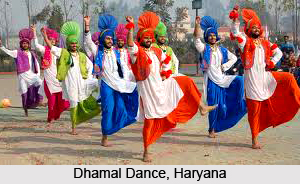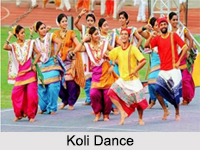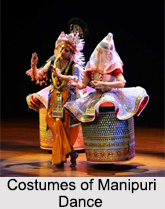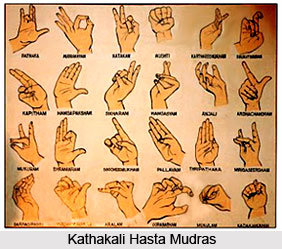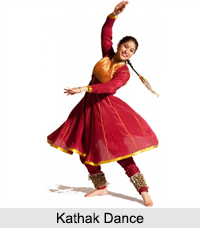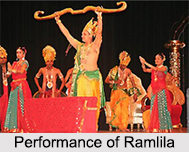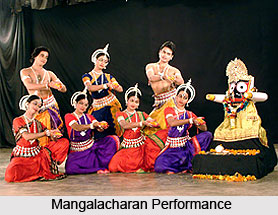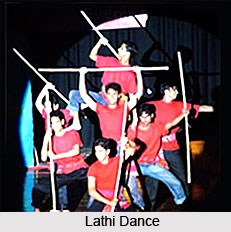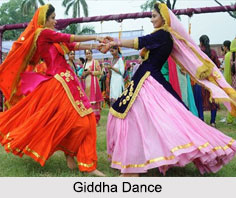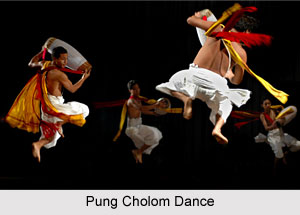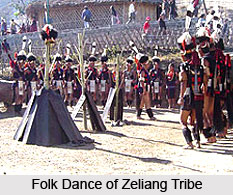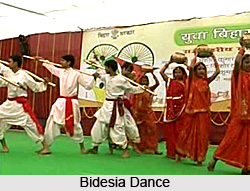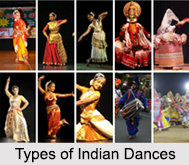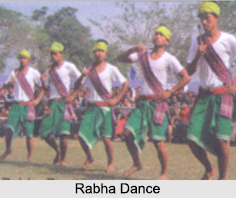Technique of Kathakali lies in the complete movement of entire body, both the skeleton and the muscular body. The muscles play an important role here and the movements of the facial muscles are very significant. The geometrical pattern is either a square or a rectangle, with the dancer standing with both feet apart, knees turned out and the outer soles of the feet touching the ground.
The position which is formed after creation of the geometrical pattern is called Mandala sthana. The dancer covers space in square and rectangle patterns. The right foot meets the left which covers one side of the square. The dancer moves to the third corner of the rectangle and then back to the second corner and finally back to the first corner by touching all four points. With his arms and hands, the dancer covers space usually in figures of squares and rectangles. The knees are always turned out with ample space between the feet. The torso is used as one unit. Jumps, spirals, sweeps and leaps are features of Kathakali. Leg extensions are clear and the weight must be shifted from one foot to the other. It is an essential part of the dancer`s training to learn how to use each facial muscle separately. The movement of the eye-brows, the eye-balls and the lower eye-lids as described in Natyashastra are used in this dance only.
In the Nritta portions the dancer executes leg-extensions and jumps cover space in a series of squares and rectangles to a given time cycle. The units of the Nritta are the kalasams. In Kathakali these cadences of dance patterns culminate in compositions called araddis. Other types of Nritta sequences are known as the adakkams and the tomakarams, which are based on different ways of manipulating the rhythm. In both, the dancer begins the movement in the slow tempo of the basic metrical cycle and then to the mnemonics of the maddalam and the chenda. The hand gestures here are few.
The abhinaya is presented in three stages: synchronization word to word, interpretation of the full line and abhinaya of dancer. There is an element of abhinaya where the dancer uses the words of the line only as a starting point and improvises a full sequence of movements. Hand gesture is the most significant here. This portion known as choliattam is the final test of a great dancer`s imaginative talent. An example of this kind of abhinaya is seen in the dance drama called Kalyana Sougandhikam where Bhima is sent by Draupadi to get her the flower. The scenes on his way all are conveyed by the dancer through abhinaya. The principle of the ekaharya becomes a part of larger dramatic technique. Abhinaya is also seen in its manifestations of the vyabhichari or the sancharibhavas. The main objective of Kathakali dancer is to evoke a Sthayi bhava.
In the abhinaya portions of Kathakali, the Hastas assume prime importance. The language of the Hastas is elaborate and stylized in Kathakali. Each hasta can be used in its permutations and combinations with another hasta to communicate names, verbs, tense, full sentences and moods. The earlier dramatic traditions have played an important part in shaping Kathakali into its present form.
